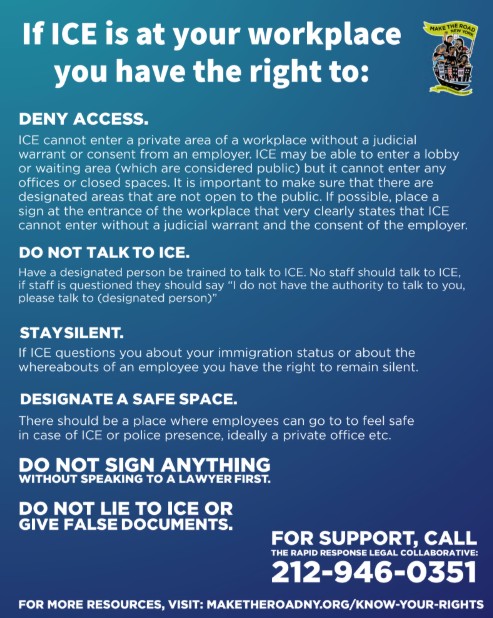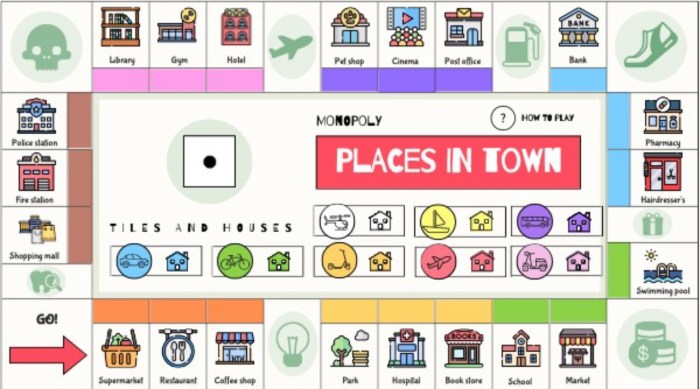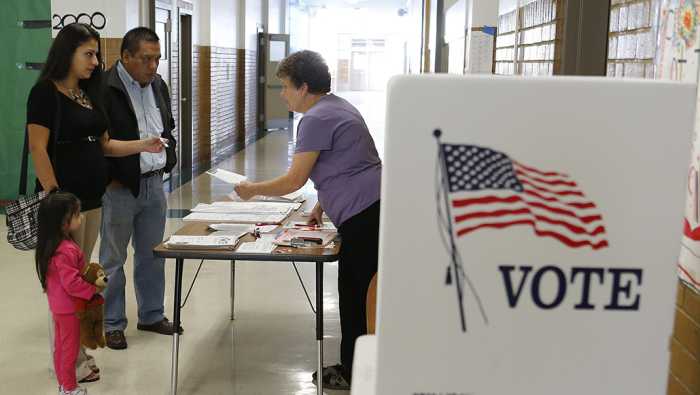Recent news that the Long Island Rail Road (LIRR) will fail to meet the Federal Rail Road Administration (FRA) December 2018 deadline for complete, 100 percent, system-wide installation of Positive Train Control comes as no surprise to those of us who worked in the transit industry. The FRA originally mandated that Positive Train Control—a system of signals and switches that could prevent many train crashes—be installed and operable by 2015 to insure safety for the riding public. Even with a time extension to December 2018, it was always doubtful that the LIRR would meet this new deadline.
Perhaps the LIRR had insufficient force account (track employees), including inadequate numbers of certified signal maintainers and other specialized trade employees to support installation of Positive Train Control along with annual routine state of good repair system wide projects, additional work in the East River Tunnels, $2.6 billion Main Line Third Track, $450 million Jamaica Capacity Improvements, $387 million Ronkonkoma Double Tracking along with $11.8 billion MTA East Side Access. It continues to be challenging for the LIRR to coordinate daily track outages and go slow work zones to support all of this work while at the same time providing the basic service customers pay for. There is no guarantee that these issues will be resolved any time soon.
How many more years beyond the Dec. 31, 2018, date will the LIRR need for completion of Positive Train Control? The LIRR has known since 2010 for this need. Complete means Positive Train Control is up and running 24/7 on all LIRR branches and service areas. Counting on another two-year extension to 2020 is an admission of failure. Positive Train Control should have been the number one priority for the LIRR in 2018 even if it meant diverting resources from other capital improvement projects. Safety should be number one for commuters.
But don’t blame Washington when it comes to how the MTA LIRR decided to use federal assistance for installing Positive Train Control since 2010. Federal support for transportation has remained consistent and is growing over past decades.
When crises occurred—be it 9/11 or Superstorm Sandy in 2012—Washington was there. Additional billions of dollars in assistance above and beyond yearly formula allocations from the Federal Transit Administration were provided. In 2009, the American Recovery and Reinvestment Act provided billions more.
In 2017, Washington made available $1.3 billion to the MTA. The same, if not more, is available in 2018. For years, it has been their respective decisions to program most of these funds to other capital projects and not to Positive Train Control.
—Larry Penner
(Larry Penner is a transportation historian, advocate and writer who previously worked 31 years for the U.S. Department of Transportation Federal Transit Administration Region 2 NY Office.)


































